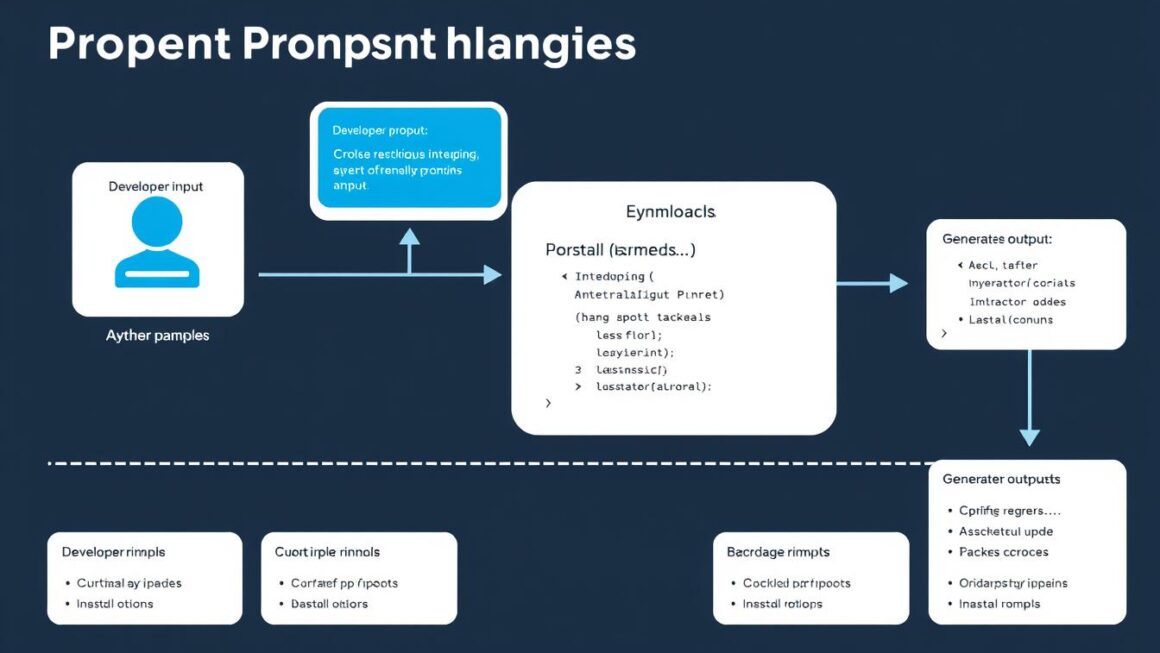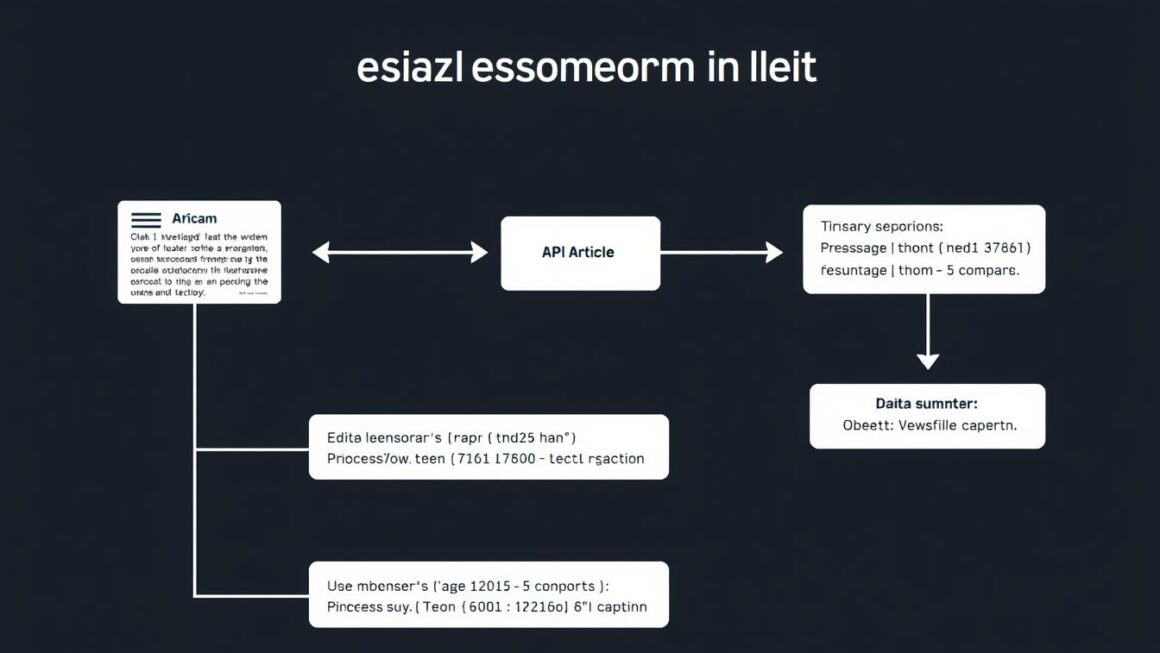Did you know over 76,000+ U.S. job listings seek Java developers right now? From Tesla to Amazon, companies rely on this versatile language for building scalable systems. Its “write once, run anywhere” approach powers everything from mobile apps to cloud solutions.
We’ll show you why Java remains a top choice for handling complex data and high-traffic platforms. Its platform independence means your code works seamlessly across devices—a game-changer for enterprise environments.
Our proven learning path has helped developers land roles at FAANG companies. Whether you’re new to coding or leveling up your skills, this guide blends core concepts with real-world frameworks. Ready to tap into Java’s 4th-place ranking in the TIOBE Index?
Why Learn Java for Backend and Enterprise Development?
Tech giants like Netflix and Airbnb trust Java for their most critical operations. Its reliability powers 90% of Fortune 500 companies, from banking systems to big data tools like Hadoop. For anyone eyeing a career in tech, this language opens doors.
Java’s Role in Modern Tech
As a backend developer, you’ll appreciate Java’s type safety. Unlike Python or JavaScript, it prevents errors in large codebases. Frameworks like Spring Boot simplify microservices—Netflix uses it to stream 250M+ hours weekly.
Financial industry leaders rely on Java for secure transactions. Its “write once, run anywhere” principles ensure compatibility across devices. Uber’s backend processes 15M+ daily rides flawlessly.
Job Opportunities and Industry Demand
The industry craves Java skills. ZipRecruiter reports an average salary of $103,464/year for developers. Roles span Android apps, cloud solutions, and ERP systems.
Over 64% of teams choose Java for mission-critical projects. With experience, you could build the next Airbnb—or optimize a bank’s trading platform.
Start with the Basics: Core Java Concepts
Every expert coder started by grasping core programming building blocks. These fundamentals—variables, loops, and functions—form the foundation of every application. Let’s break down how they work in real-world scenarios.
Variables, Loops, and Functions
Variables store data like numbers or text. Primitive types (int, boolean) handle simple values, while reference types manage complex objects. For example, a banking system uses double for account balances.
Loops repeat actions efficiently. Build a Tic-Tac-Toe game with for and while loops to check winning conditions. Conditional statements (if-else) add logic.
Functions organize reusable code. A well-named function calculates taxes or validates passwords. Clean syntax keeps your code readable and bug-free.
Data Structures and Their Importance
Data structures optimize how you store and access information. An ArrayList dynamically grows, perfect for inventory management. A HashMap pairs keys with values, like product IDs and prices.
Practice with Zero To Mastery’s football tournament exercise. It teaches class structure and memory allocation (stack/heap). These concepts are vital for scalable apps.
Write Code Daily to Build Muscle Memory
Consistency beats intensity when building coding expertise—daily practice rewires your brain for better problem-solving. Just 30 minutes a day with the right tools can accelerate your progress faster than sporadic deep dives. We’ll share a battle-tested routine used by ZTM students to land top tech roles.
Setting Up a Daily Practice Routine
Start with Pomodoro sessions: 25 minutes of focused coding, followed by a 5-minute break. Track commits on GitHub to build accountability. For example:
- Solve 5 Kyu-level Codewars challenges weekly to sharpen logic.
- Use JShell for quick syntax experiments without full project setup.
- Configure IntelliJ’s debugger to inspect variables in real-time.
Tools to Keep Your Skills Sharp
Top developers rely on these resources to stay ahead:
| Tool | Use Case | Adoption Rate |
|---|---|---|
| IntelliJ IDEA | Debugging, refactoring | 62.43% market share |
| VS Code Java Pack | Lightweight editing | #1 editor in Stack Overflow surveys |
| WakaTime | Progress analytics | Tracks 100M+ coding hours yearly |
Pair these with LeetCode’s Java track to tackle interview-style problems. Progress compounds—small wins add up to mastery.
Build Small Projects to Cement Knowledge
Small projects bridge the gap between theory and real-world problem-solving. They turn abstract concepts into functional applications, reinforcing your knowledge through hands-on practice. Here are three ideas to sharpen your skills.
To-Do App with Database Integration
Start with a JSP-based to-do app. Use H2 database to store tasks, practicing data processing and CRUD operations. Integrate Bootstrap for a clean UI, and test edge cases like duplicate entries.
Scientific Calculator Using JavaFX
Build a calculator with syntax-highlighting features. Leverage JavaFX for the UI and BigDecimal for precise arithmetic. Add unit tests to handle division by zero or overflow errors.
Personal Portfolio with Spring Boot
Create a web-based portfolio using Spring Boot and Thymeleaf. Showcase your projects dynamically, and deploy it on Heroku. This teaches routing, templating, and cloud deployment.
Bonus: Try a CSV parser with Java NIO to explore file types and streams. Each project tackles different applications, from UI design to backend logic.
Break Problems Down into Manageable Chunks
Complex coding challenges become approachable when sliced into logical pieces. Top engineers use decomposition to transform overwhelming tasks into solvable steps. This principle applies whether you’re debugging or designing new features.
The Art of Problem Decomposition
Start by identifying the core issue. For example, an API rate limiter involves three parts: tracking requests, enforcing limits, and handling throttling. Tackle each separately.
Use tools like JUnitParams to test edge cases. Isolate concurrency issues in ticket booking systems by simulating high traffic. Smaller modules mean better control.
Real-World Example: Debugging a Complex Feature
Imagine an e-commerce cart with a memory leak. Java Flight Recorder pinpoints objects lingering in heap memory. Break the analysis into stages:
- Validate input data to catch null references early.
- Separate payment processing into auth, validation, and settlement.
- Use stack traces to trace NullPointerExceptions to their source.
This handling of smaller units simplifies even the trickiest bugs. Master decomposition, and you’ll ship robust software faster.
Read Other People’s Code to Improve Your Skills
Great coders don’t just write code—they study it. Analyzing open-source projects reveals best practices you won’t find in tutorials. It’s like peeking behind the curtain at how industry leaders solve problems.
How to Navigate Open-Source Projects
Start by cloning Spring Boot’s GitHub repo (187k stars). Look for:
- Design patterns in Hibernate ORM
- Threading models in Apache Kafka producers
- Exception handling differences between AWS and Azure SDKs
Use SonarQube to audit code quality metrics. Focus on files labeled “good first issue” to practice contributions.
Learning from Different Coding Styles
Compare Google Guava’s collections with Apache Commons Lang. Notice the:
- Use of immutable objects for thread safety
- Approach to null checks and validation
- Documentation style (Javadoc vs. inline comments)
Adopt principles that align with your projects. The more data structures you analyze, the sharper your instincts become.
Ask Questions and Join Developer Communities
The fastest way to level up your coding skills? Engage with communities solving real-world problems. Whether you’re debugging or designing, tapping into collective experience saves hours of trial and error. We’ll show you where to connect and how to ask for help like a pro.
Top Platforms for Developers
From niche forums to massive hubs, these spaces offer learning opportunities:
- Stack Overflow: 10M+ answered questions—search before asking.
- r/java (2.1M members): Discuss updates, libraries, and career paths.
- Java Discord (18k users): Real-time chat for troubleshooting.
Zero To Mastery’s private community (3k+ members) provides project feedback. Attend Java User Group meetups to network with industry veterans.
How to Ask Effective Questions
Clear questions get faster answers. Follow this framework:
| Step | Example | Tool |
|---|---|---|
| Isolate the issue | “NullPointerException in Spring Boot POST request” | IntelliJ debugger |
| Share minimal code | GitHub Gist with 10 relevant lines | Reprex |
| Describe expected vs. actual | “Returns 404 instead of JSON” | Postman |
Use ChatGPT to explain concepts—not to solve problems. For Spring projects, join GitHub Discussions to debate topics like dependency injection. The right approach turns strangers into mentors.
Debug Like a Pro: Tools and Techniques
Ever spent hours hunting a bug? These tools and methods will cut your debugging time in half. Whether you’re fixing memory leaks or tracing exceptions, the right approach saves days of frustration.
Using Console Logs and Debuggers
Start with IntelliJ’s conditional breakpoints. Pause execution when variables hit specific values—like a null input triggering a NullPointerException. For deeper analysis, Java Flight Recorder tracks heap usage in real time.
Eclipse Memory Analyzer deciphers heap dumps. Spot OutOfMemoryErrors by identifying objects consuming 80%+ of memory. Pair this with VisualVM for CPU profiling to optimize slow methods.
Common Java Errors and Fixes
Handling a ClassCastException? Use generics to enforce type safety at compile time. For thread-safe collections, swap ArrayList with CopyOnWriteArrayList to avoid ConcurrentModificationException.
Distributed systems need tracing. SLF4J’s MDC (Mapped Diagnostic Context) tags logs with request IDs. This links errors across microservices—critical for debugging payment failures.
- Fix “NoSuchMethodError”: Run mvn dependency:tree to resolve version conflicts.
- Prevent leaks: Zero To Mastery’s exercise uses Java Flight Recorder to monitor object retention.
- Log smarter: Add thread names and timestamps to pinpoint race conditions.
Adopt these best practices, and you’ll squash bugs before they reach production. Debugging isn’t just reactive—it’s a core skill for building resilient software.
Use Version Control to Track Your Progress
Version control isn’t just for teams—it’s your coding time machine. Git records every change, letting you rewind mistakes or compare updates. Over 90% of developers rely on it for projects of all sizes.
Git Basics for Java Developers
Start with Gitflow in Maven projects. This branching strategy separates features, fixes, and releases. Meaningful commits like “fix: null check in payment service” clarify history.
Configure .gitignore to exclude IDE files. Pre-commit hooks auto-format code with Spotless. These tools prevent messy repositories.
| Strategy | Use Case | Best For |
|---|---|---|
| Rebasing | Linear history | Solo projects |
| Merging | Team collaboration | Complex systems |
Collaborating with Teams
Resolve Spring Boot merge conflicts with git mergetool. Isolate property file changes first. ZTM’s exercise teaches this *time-saving* skill.
Conventional Commits standardize messages. Tags like feat: or chore: improve management. Pair this with GitHub’s PR templates for clarity.
- Audit trails: Trace bugs to specific commits.
- Rollbacks: Revert broken builds in seconds.
- CI/CD: Automate tests after every push.
Explore Java Backend Frameworks and Technologies
Modern backend development thrives on powerful frameworks that simplify complex tasks. From REST APIs to secure authentication, the right tools streamline workflows and boost performance. Let’s dive into the ecosystems that power today’s scalable services.
Spring Framework and Its Ecosystem
Spring Boot dominates with a 62% market share. Its convention-over-configuration approach lets backend developers focus on logic, not boilerplate code. Key modules include:
- Spring Data JPA: Simplifies database interactions with repository patterns.
- Spring Security: Adds OAuth2 and role-based access control in minutes.
- Spring Cloud: Manages microservices with service discovery and load balancing.
| Spring Module | Use Case | Adoption Rate |
|---|---|---|
| Spring WebFlux | Reactive programming | 38% of new projects |
| Spring Batch | Data processing | Core in fintech systems |
Java Persistence API (JPA) and Databases
JPA standardizes how data maps to relational databases. Hibernate, its most popular implementation, optimizes queries with:
- @BatchSize: Reduces SQL calls for lazy-loaded collections.
- Ehcache: Caches frequent queries to slash latency.
For high-traffic apps, configure second-level caching. Zero To Mastery’s exercises show how to trace queries with Hibernate Statistics.
Stay Consistent: Learning Java Is a Marathon
Building expertise requires persistence—like training for a marathon, not a sprint. ZTM’s 30-day coding challenge proves this: participants retain 68% more by practicing daily. Whether you’re aiming for a career shift or skill mastery, small, steady steps outperform cramming.
Setting Long-Term Goals
Break your journey into milestones. For example:
- 6-month roadmap: Master fundamentals, then tackle Spring Boot.
- Weekly OCPJP certification study blocks (2–3 hours).
- Track progress with GitHub’s contribution graph—green squares build momentum.
Alumni average 6 months to job placement. The industry values consistency, not speed.
Overcoming Plateaus in Your Learning
Hit a wall? Try these principles:
- Spaced repetition: Revisit design patterns every 2 weeks.
- Join #100DaysOfCode’s Java track for accountability.
- Analyze past projects—growth hides in old code.
Plateaus signal progress. Push through, and you’ll unlock new learning levels.
Conclusion
With 28 years of evolution, Java remains a cornerstone in software creation. Our journey covered core syntax to Spring Boot microservices—skills that land ZTM graduates $86k average starting salaries.
The language dominates enterprise systems, handling everything from payment processing to big data. Join communities like r/java or Spring Discord to keep learning from peers.
Ready for more? Explore Kubernetes operators or GraalVM’s native compilation. Whether building backend services or scalable applications, these foundations prepare you for what’s next.



